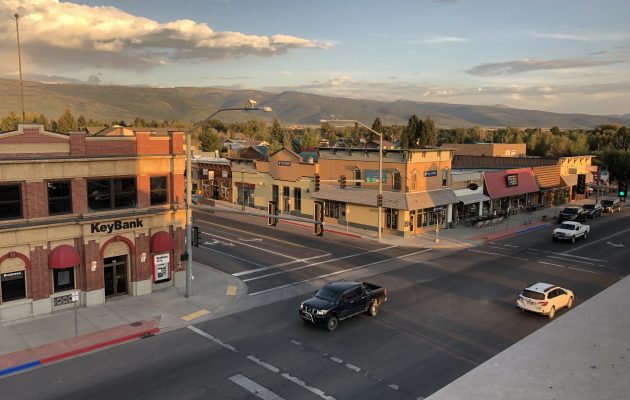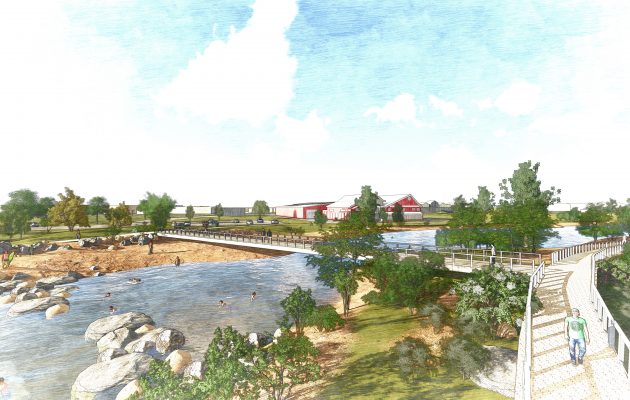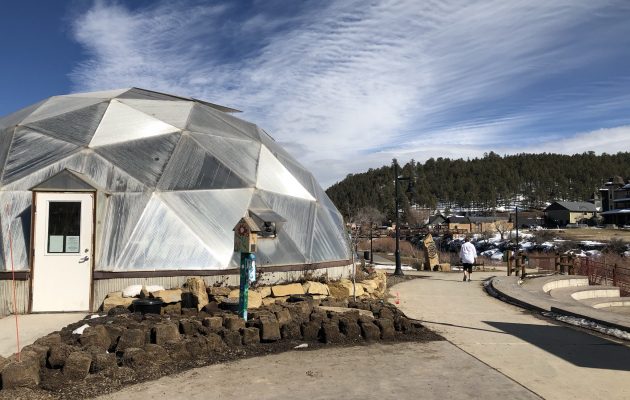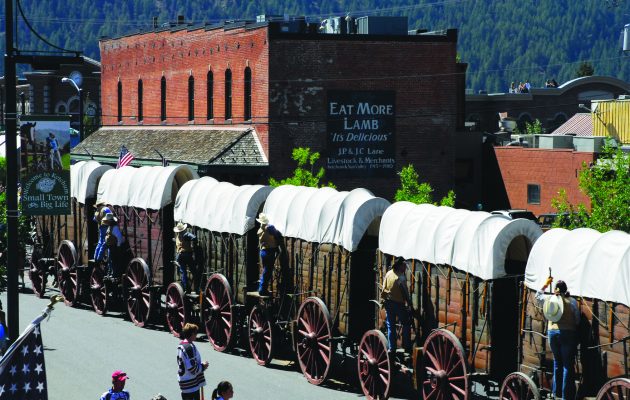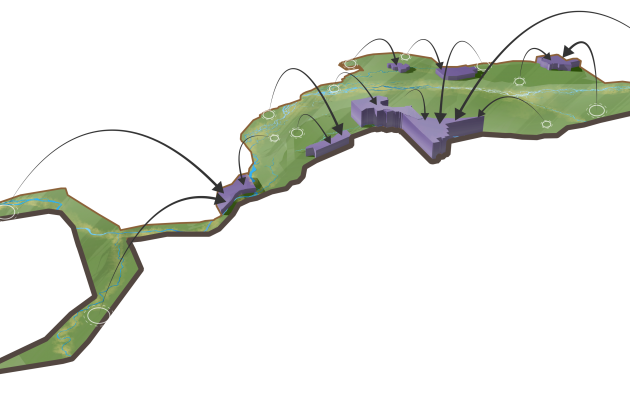Located between the Tetons and the Big Hole Mountains, Driggs has a thriving community of 1,800 residents. Logan Simpson developed a comprehensive plan update with a primary focus on health, with opportunities to improve health in the built environment integrated in to every element of the document. The boom and bust tourism economy has impacted Driggs since the 2008 recession, which led to several platted and unbuilt lots resulting in a housing shortage. Logan Simpson and our team of consultants took a targeted approach to reviewing multiple housing program options to find solutions for workforce housing and supporting a balanced economy.
As an inter-city airport, the land use component of the plan needed to take into account all of the ITD requirements in regard to crash and transition zones. Close coordination with the Driggs Airport Board was necessary to ensure compliance with applicable regulations, and to ensure continued operation and expansion of airport operations and associated industry, as residential uses continue to encroach upon the boundary. The Airport Master Plan was completed by the Board, and in tandem with the Comprehensive Plan in order to ensure consistency in these regulations and vision.
Incorporation of health metrics and a focus on dedicated Hispanic outreach for the Uniquely Driggs Comprehensive Plan helped the project to win a 2020 Western Planner Rural Innovation Award. Outreach to minority communities were a focus of the plan. Through bilingual outreach materials, working with the Hispanic Resource Center, and meeting with middle and high school students, the project team proved to be highly successful in reaching the historically under-represented population.
WINNER of the 2020 Western Planner – Rural Innovation Award
The Plan highlighted the thoughtful housing approaches, pragmatic focus on infill, and sensitivity to critical habitats and neighboring jurisdictions. “It’s a plan that I will examine to provide ideas to other communities I work with and in addition I appreciate the thoughtful approaches for a beautiful place.” – Paul Mobley, AICP, PCED, The Western Planner

